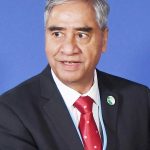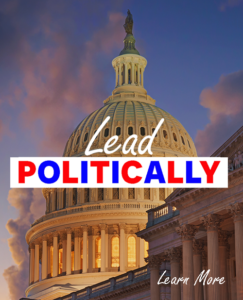Politics
Nepal Politics
This page explores Nepal’s political structure incorporating real-time RSS feed news and videos. By harnessing the power of RSS feeds, visitors can stay informed about the latest developments in Nepal’s politics as they happen. The dynamic nature of these feeds ensures that users receive up-to-the-minute updates on political events, policy changes, and significant milestones, enabling them to stay abreast of the ever-evolving political scene.

Sher Bahadur Deuba
Prime Minister of Nepal
Incumbent
Assumed office
13 July 2021
Image credit
Nepal operates as a federal democratic republic, with a political structure that combines democratic governance and a federal system.
At the top of the political structure is the President of Nepal, who serves as the head of state. The President is elected by an electoral college composed of members of the federal parliament and provincial legislatures for a term of five years. The President’s role is largely ceremonial, representing the country domestically and internationally.
The executive power in Nepal is exercised by the government, led by the Prime Minister. The Prime Minister is appointed by the President and is the head of government. The government formulates and implements policies, manages the administration, and exercises executive authority.
The legislative branch in Nepal is represented by the Federal Parliament, which consists of two houses: the House of Representatives and the National Assembly. Members of the House of Representatives are elected through a mixed-member proportional representation system, while members of the National Assembly are elected by an electoral college consisting of members of provincial legislatures. The Federal Parliament is responsible for enacting laws, approving the national budget, and providing oversight of the executive branch.
Nepal’s political structure also incorporates a federal system, with power devolved to seven provinces. Each province has its own government and legislature, allowing for regional autonomy and decision-making within the framework of the federal government.
The judiciary in Nepal is independent and ensures the interpretation and application of the law. The Supreme Court is the highest judicial authority and handles constitutional matters and appeals. Lower courts, such as appellate courts and district courts, handle various legal cases and ensure access to justice.
Political parties play a significant role in Nepal’s political landscape, with elections determining the composition of the Federal Parliament and provincial legislatures. Civil society organizations, media outlets, and other stakeholders contribute to public discourse, provide checks and balances on the government, and promote transparency and accountability.
In conclusion, Nepal’s political structure is characterized by a federal democratic republic, with a separation of powers among the executive, legislative, and judicial branches. The President holds a ceremonial role, while the Prime Minister and the government exercise executive authority. The Federal Parliament enacts laws and provides legislative oversight, while the judiciary operates independently. Nepal’s political system aims to promote democratic governance, protect individual rights, and ensure effective governance at both the federal and provincial levels.
Unless other sources are listed, original content is provided by ChatGPT. ChatGPT may produce inaccurate information about people, places, or facts. #Nepal #NepalPolitics #NepalNews #NepalNewsToday #NepalRSSFeed #BlahFace



